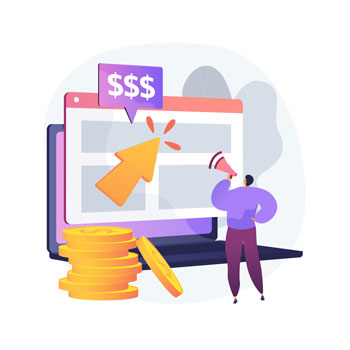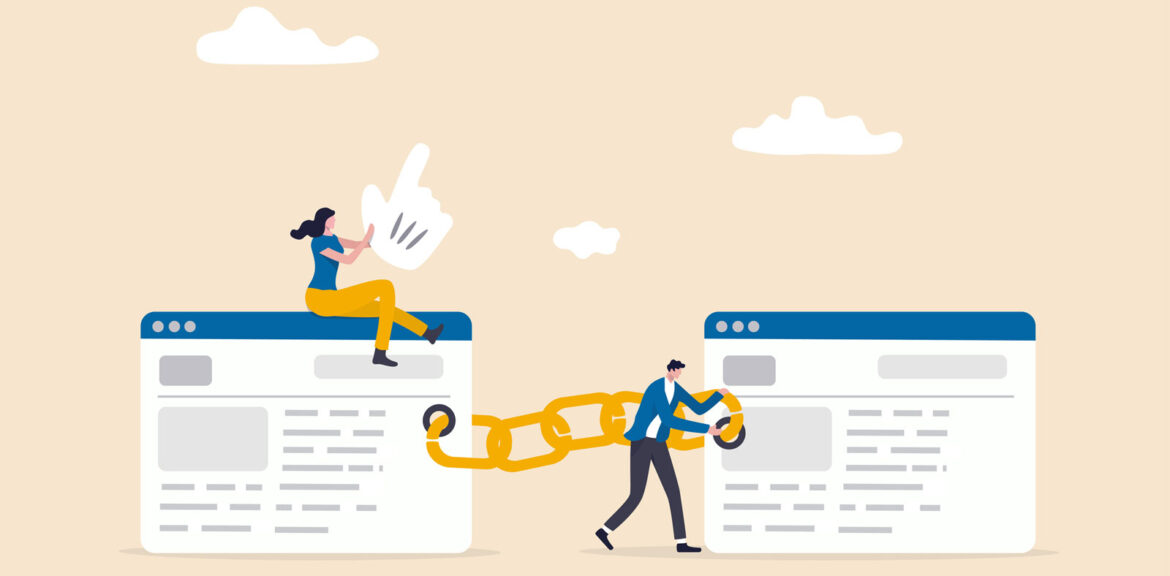In 2016, Google confirmed what many SEO experts already knew—backlinks are essential to an effective website. Backlinks and content are the two SEO factors that carry the most weight for websites that rank.
Search engine optimization is a complex process and strategy of moving ever-changing pieces. Those who are new to the world of SEO may not know where to begin or what to prioritize. In fact, if you’re new to SEO, you might not even know what a backlink is.

What is a Backlink?
Backlinks, also known as inbound links or external links, are links from a page on one website to another website. Backlinks build trust in websites. The more people that link to the same site, the better, as Google determines them trustworthy.
It’s a simple concept, but it can get complicated because the Google algorithm that ranks sites’ backlink quality and quantity places more weight on backlinks from trusted websites. It’s like taking a recommendation from a stranger versus from a trusted friend. A backlink from a well known and trusted site is worth more than a backlink from a relatively unknown site. There are also different kinds of backlinks beyond whom is linking to your website. Some types of backlinks are better than others, and some are surprisingly bad for your site.
What are the Different Types of Backlinks?
- Nofollow
- Dofollow
- Paid
- UGC
- High Authority
- Toxic
Nofollow Links
Nofollow links are links followed by “rel=’nofollow.’” This nofollow tag prevents the Google algorithm from using these links to influence the site’s ranking.
Google introduced nofollow links in 2005 as a means of preventing comment spam on blogs. Nofollow links are not a mark against sites, but they give no benefit to the site either. However, it’s not all bad news because nofollow links diversify your link profile, legitimizing your site.
Dofollow Links
Alternatively, dofollow links influence the Google algorithm to place more trust in your site and therefore influence your ranking.
Paid Links

Paid links, also known as sponsored links, are used when you have paid a blogger, influencer, or another webmaster to post a review of your products or services.
Paying or gifting people in exchange for a link to your website is a violation of Google’s Webmaster Guidelines. If you don’t use the tag “rel=’sponsored’” at the end of a link you’ve paid for, it will count against your site. Utilizing the tag prevents Google from taking this as a black mark against your site.
UGC Links
User-Generated Content links, or UGC links, come from forum posts or blog comments. This tag “rel=’ugc’” allows Google to consider that the webmaster did not backlink to this site; a user did.
High Authority Links
As we previously mentioned, you typically place recommendations from a trusted friend above recommendations from a perfect stranger. Google does the same. Links from websites like newspapers or established sites are worth more than from a brand-new site with no authority. Ideally, you want lots of links from sites that have high authority with Google.
Toxic Links
Toxic links, sometimes referred to as unnatural links, are those that can harm your website’s health and hurt your ranking. Toxic links come from low-quality websites or ones that directly violate Google’s guidelines for webmasters.
Backlinks are essential for ranking on Google and building trust and authority on your website. However, you must follow Google’s guidelines or risk negatively influencing your rankings. To get started, check your website’s link profile with Google Search Console or hire an SEO expert to help!
